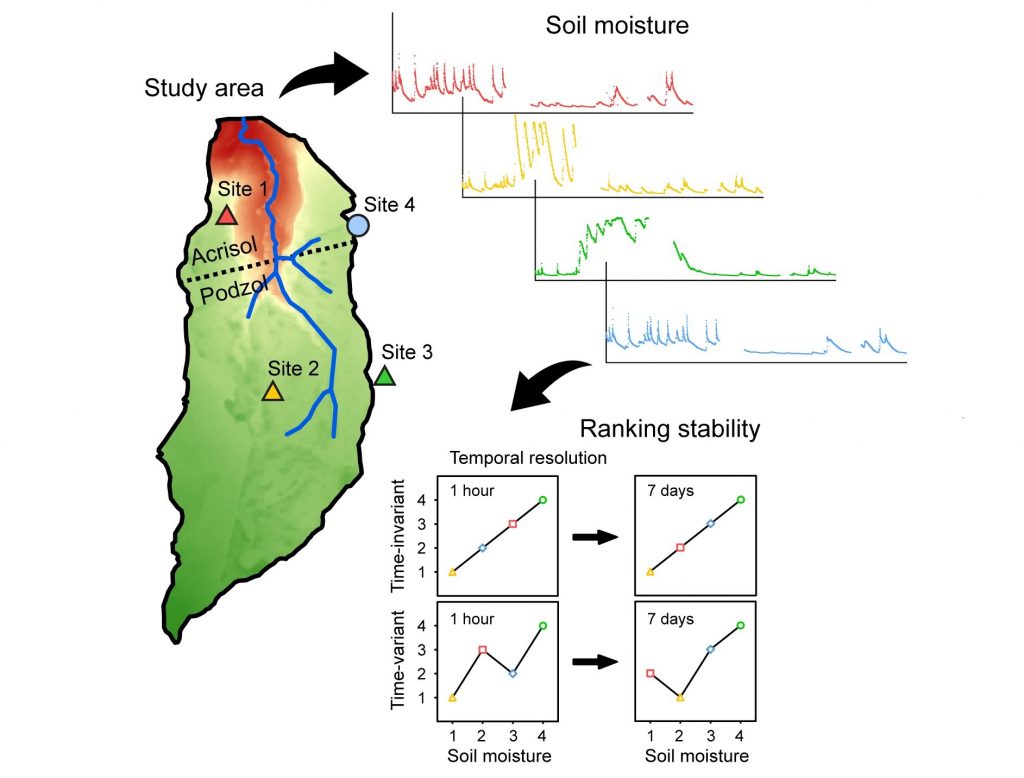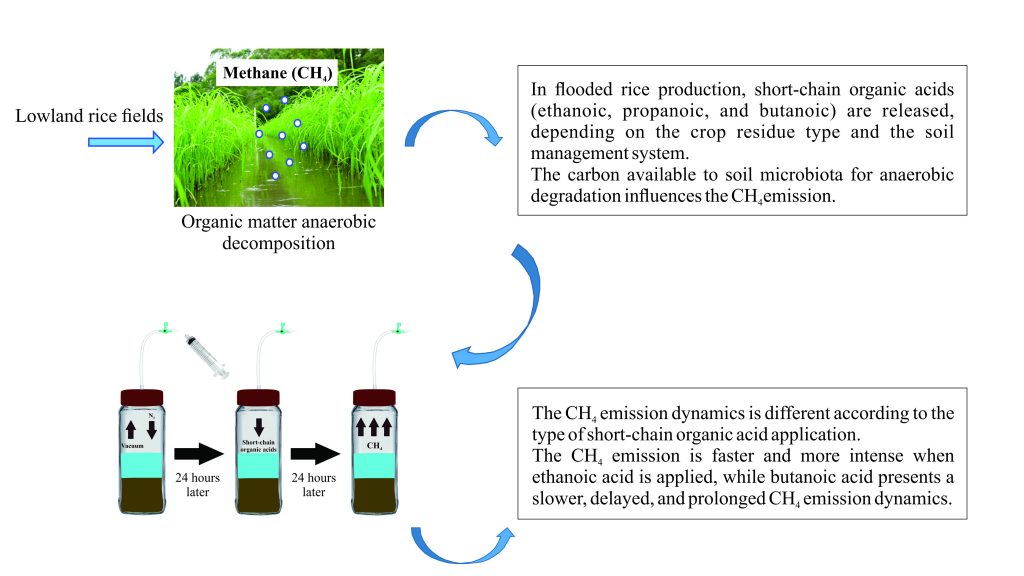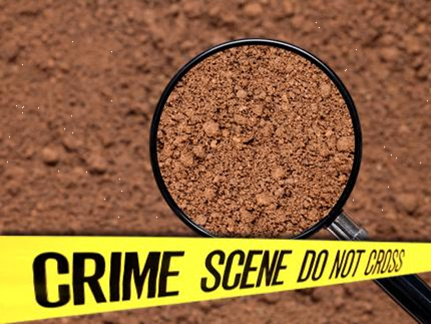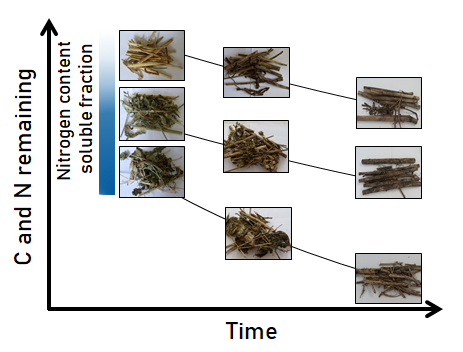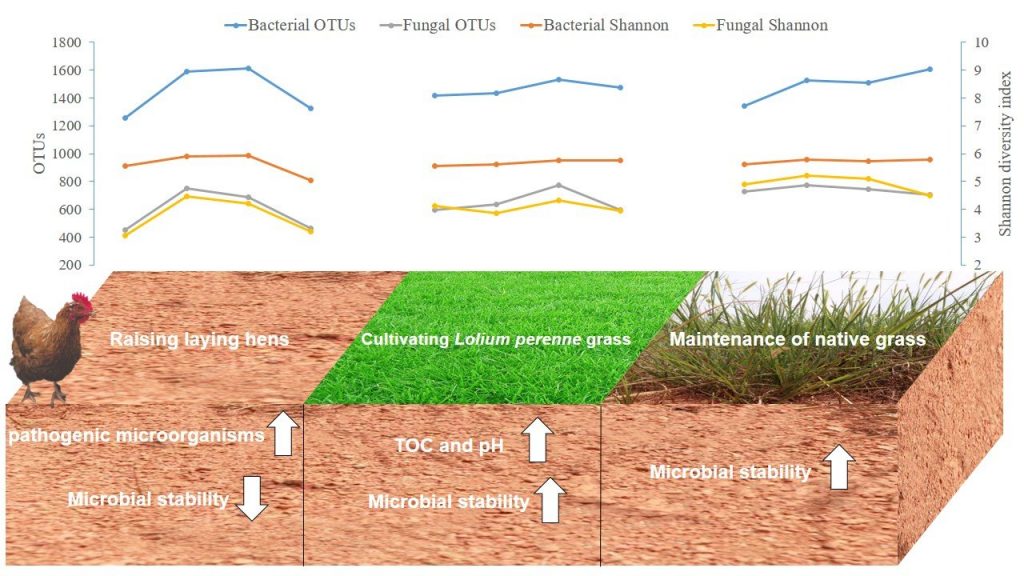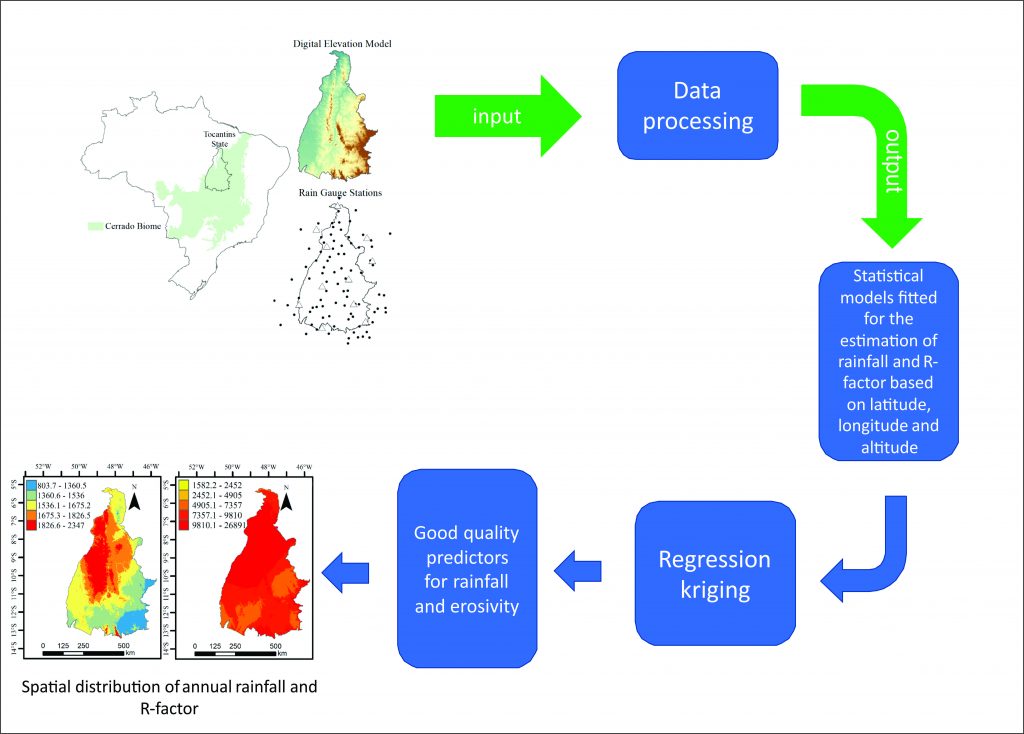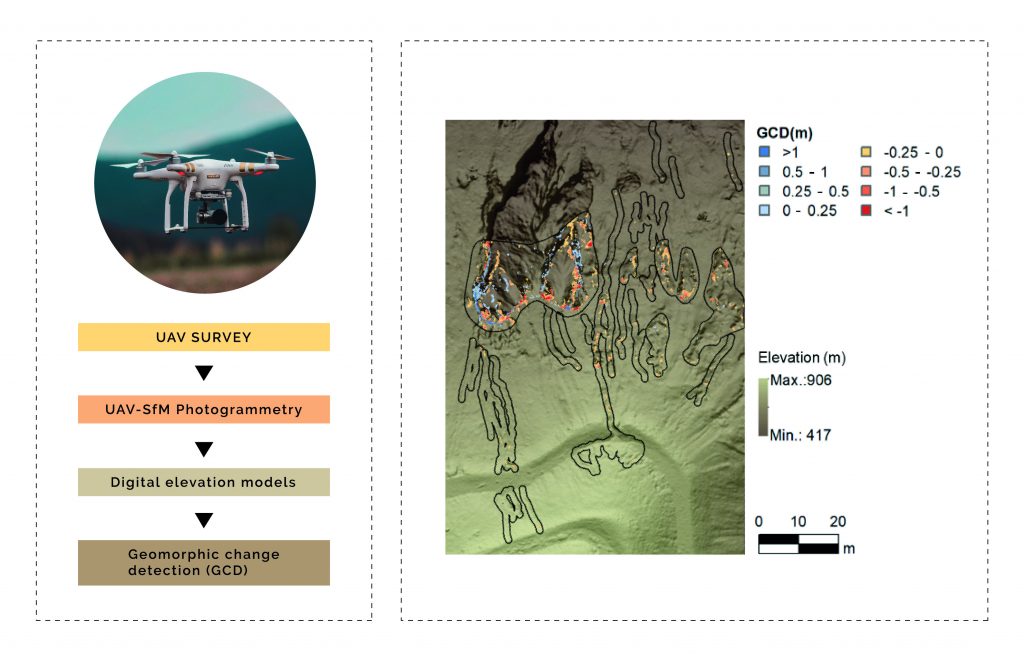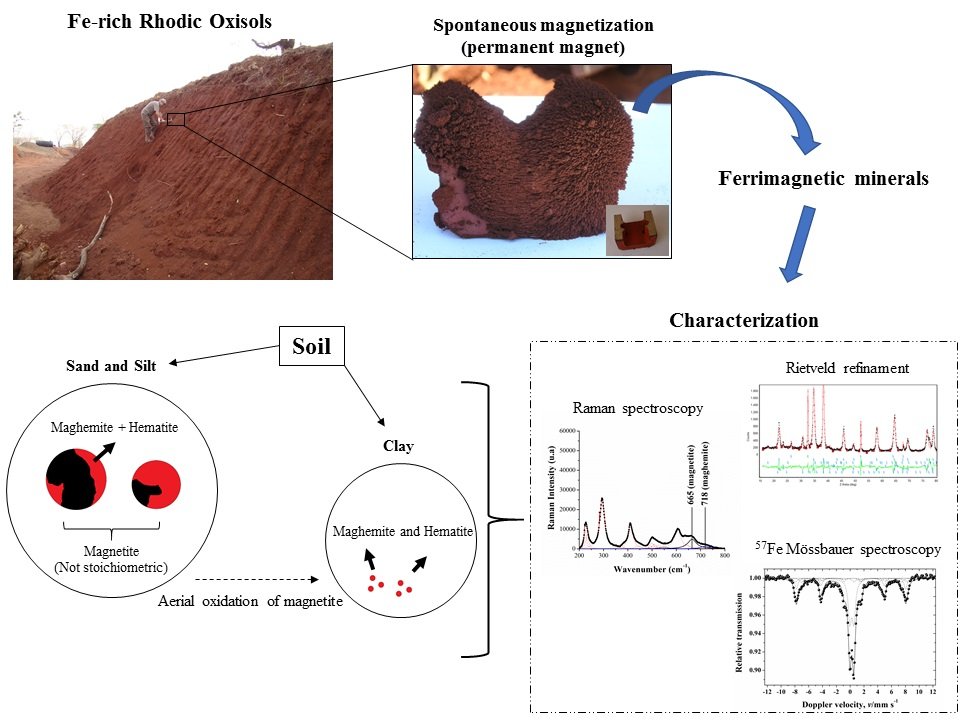Volume 43, 2019
Stability of Soil Moisture Patterns Retrieved at Different Temporal Resolutions in a Tropical Watershed
19/Jun/2019
ABSTRACT Above and underground hydrological processes depend on soil moisture (SM) variability, driven by different environmental factors that seldom are well-monitored, leading to a misunderstanding of soil water temporal patterns. This study investigated the stability of the SM temporal dynamics to different monitoring temporal resolutions around the border between two soil types in a tropical watershed. Four locations were instrumented in a small-scale watershed (5.84 km2) within the tropical coast of Northeast Brazil, encompassing different soil types ( Espodossolo Humilúvico […]
Methane emission induced by short-chain organic acids in lowland soil
07/Oct/2019
ABSTRACT Methane (CH4) is the second major greenhouse gas after CO2, exerting a significant influence on the climate and the chemistry of the atmosphere. In lowland soil, acetate and H2/CO2 are the most important precursors of CH4 and formed from organic matter fermentation in an anaerobic environment, giving rise to short-chain organic acids (ethanoic, propanoic, and butanoic), depending on the type of crop residue and the soil management system. Ethanoic acid can be directly converted to CH4 by methanogenic microorganisms, […]
AlradSpectra: a Quantification Tool for Soil Properties Using Spectroscopic Data in R
23/Jul/2019
ABSTRACT Soil reflectance spectroscopy has become an innovative method for soil property quantification supplying data for studies in soil fertility, soil classification, digital soil mapping, while reducing laboratory time and applying a clean technology. This paper describes the implementation of a Graphical User Interface (GUI) using R named AlradSpectra. It contains several tools to process spectroscopic data and generate models to predict soil properties. The GUI was developed to accomplish tasks such as perform a large range of spectral preprocessing […]
Validation of a Standard Operating Procedure (SOP) for Forensic Soils Investigation in Brazil
04/Sep/2019
ABSTRACT Soil traces are useful as forensic evidence due to their potential to transfer and adhere to different types of surfaces on a range of objects or persons. Several works have been developed in forensic soils, under different analytical approaches. However, in Brazil, only the researches from the Group of the Federal University of Paraná have developed works with soils under a forensic approach. Focus has been given on the sequential chemical analyses and mineralogical techniques once they presented a […]
Hydrostatic Equilibrium between Soil Samples and Pressure Plates Used in Soil Water Retention Determination: Consequences of a Questionable Assumption
23/Jul/2019
ABSTRACT Soil water retention is among the soil hydraulic properties most routinely measured in studies of soil physics and related areas. This property is used in dynamic simulations of vadose zone processes such as soil water availability, surface boundary processes of evaporation and infiltration, and the fate of soil pollutants. The most common measurement technique consists in establishing a hydrostatic equilibrium between an initially saturated soil sample and a porous medium at a certain tension on a tension table or […]
Summer Cover Crops Shoot Decomposition and Nitrogen Release in a No-Tilled Sandy Soil
01/Nov/2019
ABSTRACT Cover crops have numerous benefits when used in a no-till system. Understanding the processes of decomposition and N release of summer cover crops (SCC) may help select species and management to be used in cropping systems. This study aimed to evaluate C and N loss of SCC shoots. Six SCCs were evaluated: velvet bean (Mucuna aterrima), pearl millet (Pennisetum americanum), dwarf pigeon pea (Cajanus cajan), sunn hemp (Crotalaria juncea), showy rattlebox (Crotalaria spectabilis), and jack bean (Canavalia ensiformis). The […]
Impact of agro-farming activities on microbial diversity of acidic red soils in a Camellia Oleifera Forest
07/Oct/2019
ABSTRACT The production of Camellia oleifera (oil tea), typically planted in acidic red soils in southern China, is limited by low soil fertility. Agro-farming is one way to promote soil fertility by increasing organic matter and microbial communities. To understand the impact of agro-farming activity on soil fertility, three types of agro-farming, namely, raising laying hens under forest (RLH), cultivating Lolium perenne grass under forest (LPG), and maintenance of native grass (MNG), were employed in an oil tea farm with […]
Modeling of the Rainfall and R-Factor for Tocantins State, Brazil
25/Sep/2019
ABSTRACT The state of Tocantins is inserted in the new Brazilian agricultural frontier and has shown enormous potential for expansion of the agricultural lands. However, there is a lack of more elaborate scientific information for better planning and guide agricultural activities, especially regarding the soil and water conservation. Tocantins has a relevant rainfall spatial variability and, consequently, rainfall erosivity. Thus, this work aimed to develop models to estimate the mean monthly and annual rainfall and means rainfall erosivity factor (R-factor) […]
Assessing Water Erosion Processes in Degraded Area Using Unmanned Aerial Vehicle Imagery
07/Oct/2019
ABSTRACT The use of Unmanned Aerial Vehicles (UAVs) and Structure from Motion (SfM) techniques can contribute to increase the accessibility, accuracy, and resolution of Digital Elevation Models (DEMs) used for soil erosion monitoring. This study aimed to evaluate the use of four DEMs obtained over a year to monitor erosion processes in an erosion-degraded area, with occurrence of rill and gully erosions, and its correlation with accumulated rainfall during the studied period. The DEMs of Geomorphic Change Detection (GCD) of […]
Mineralogical Evolution of Magnetic Rhodic Oxisols under Different Lithological Influences in Brazil
25/Sep/2019
ABSTRACT Ferrimagnetic Fe-oxides are important soil components, which are present in most of the agricultural soils of Brazil. Distinction, origin, and assessment of the influence of these minerals on magnetism and geochemistry is a challenge for mineralogists. This study aimed to characterize mineralogically Fe-rich Rhodic Oxisols ( Latossolos Vermelhos ) originating from several mafic rocks in Brazil, and assess the implications on their magnetic and geochemical properties. We present results on magnetic measurements, chemical dissolutions, X-ray diffractometry, Rietveld refinement, Raman, […]

